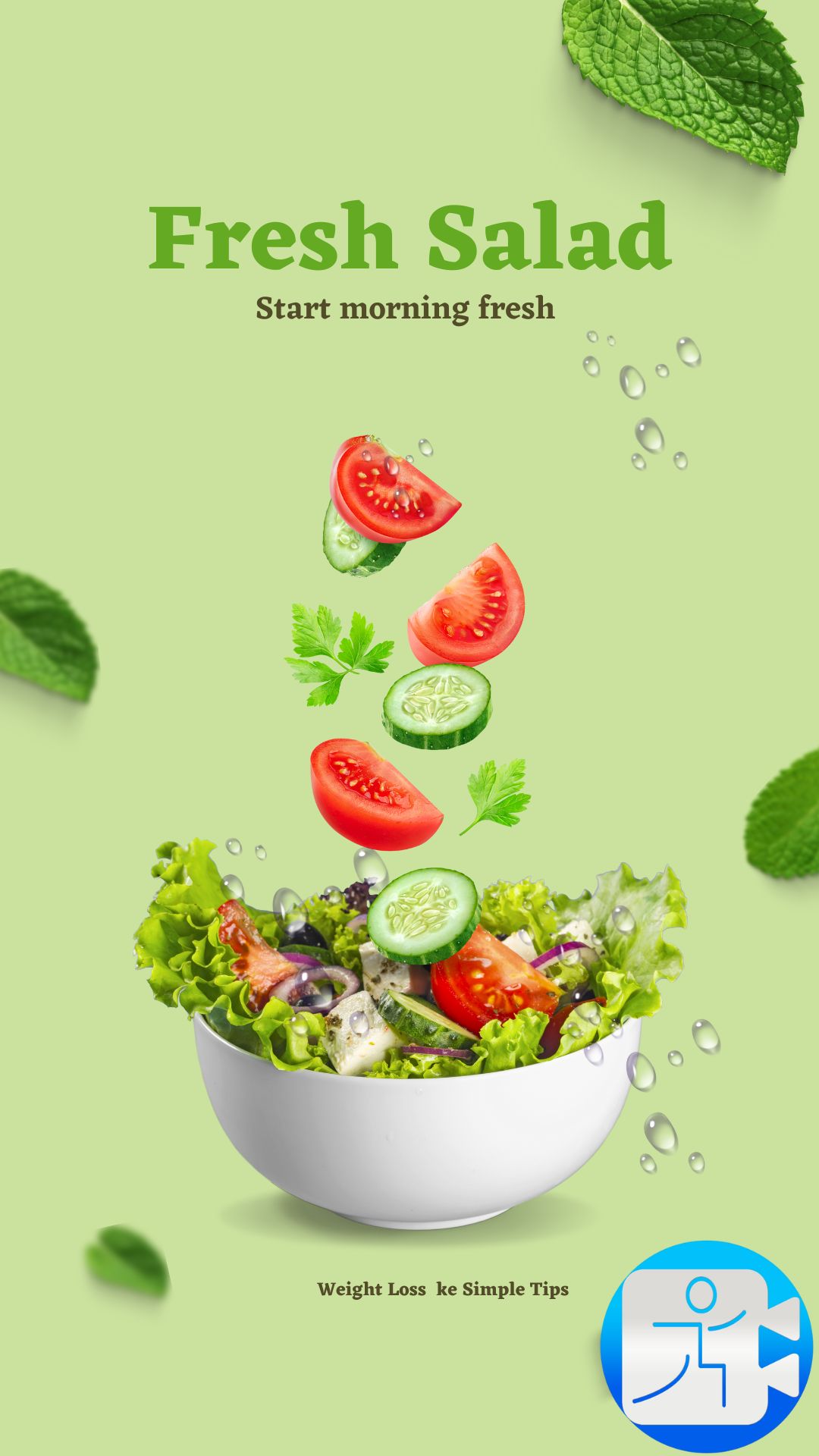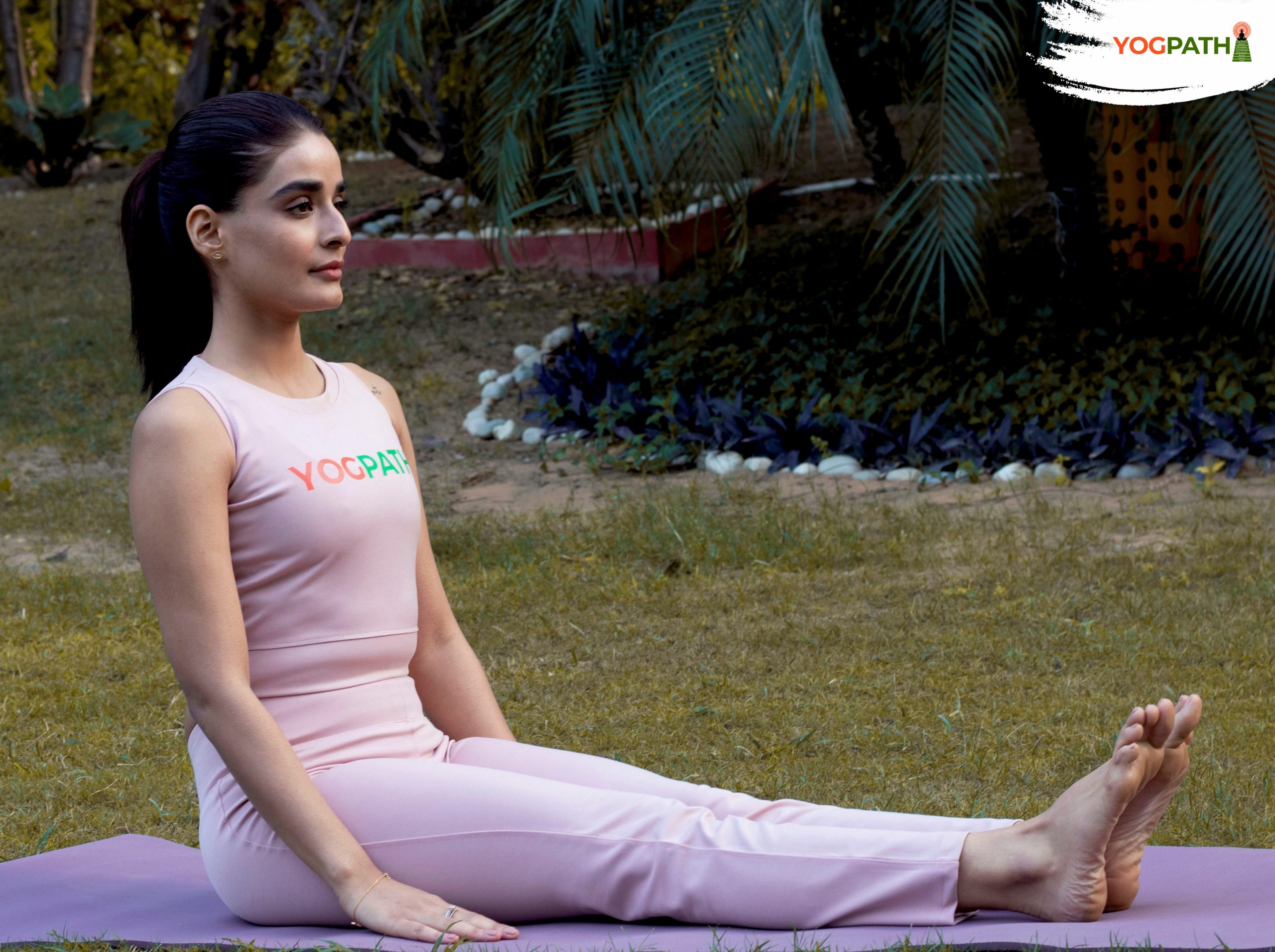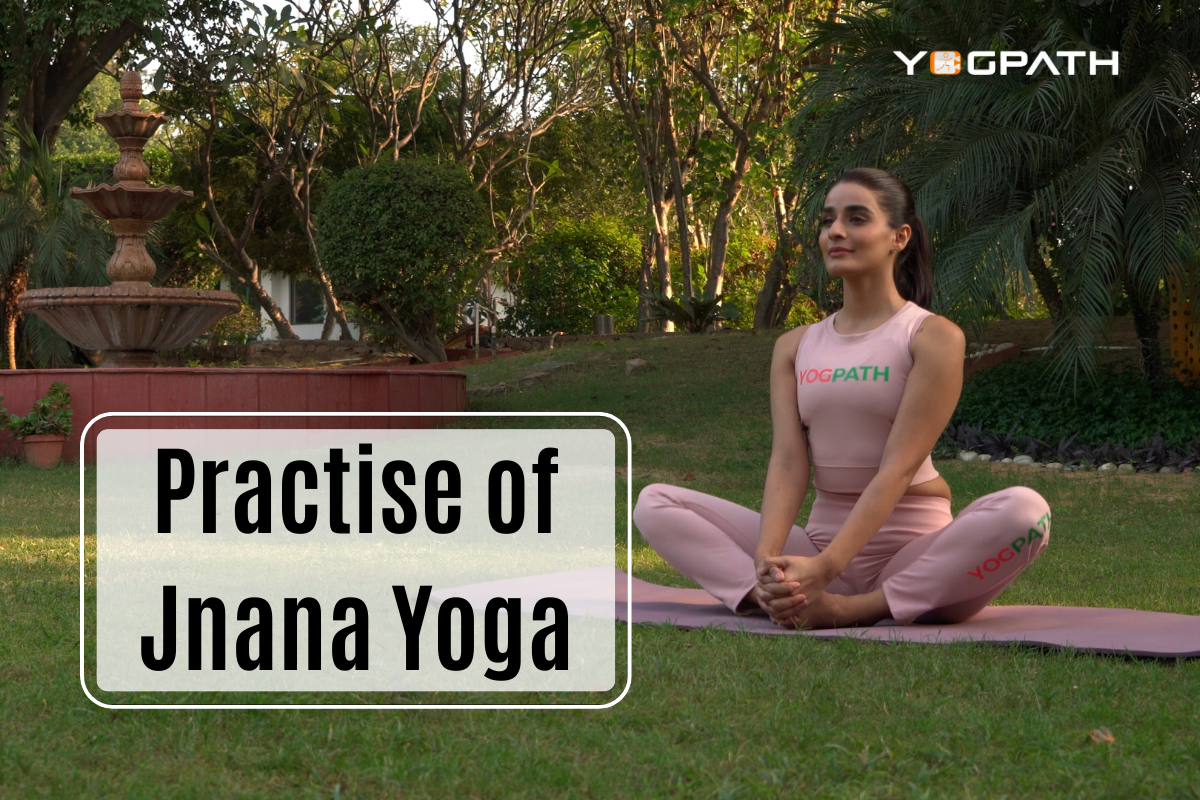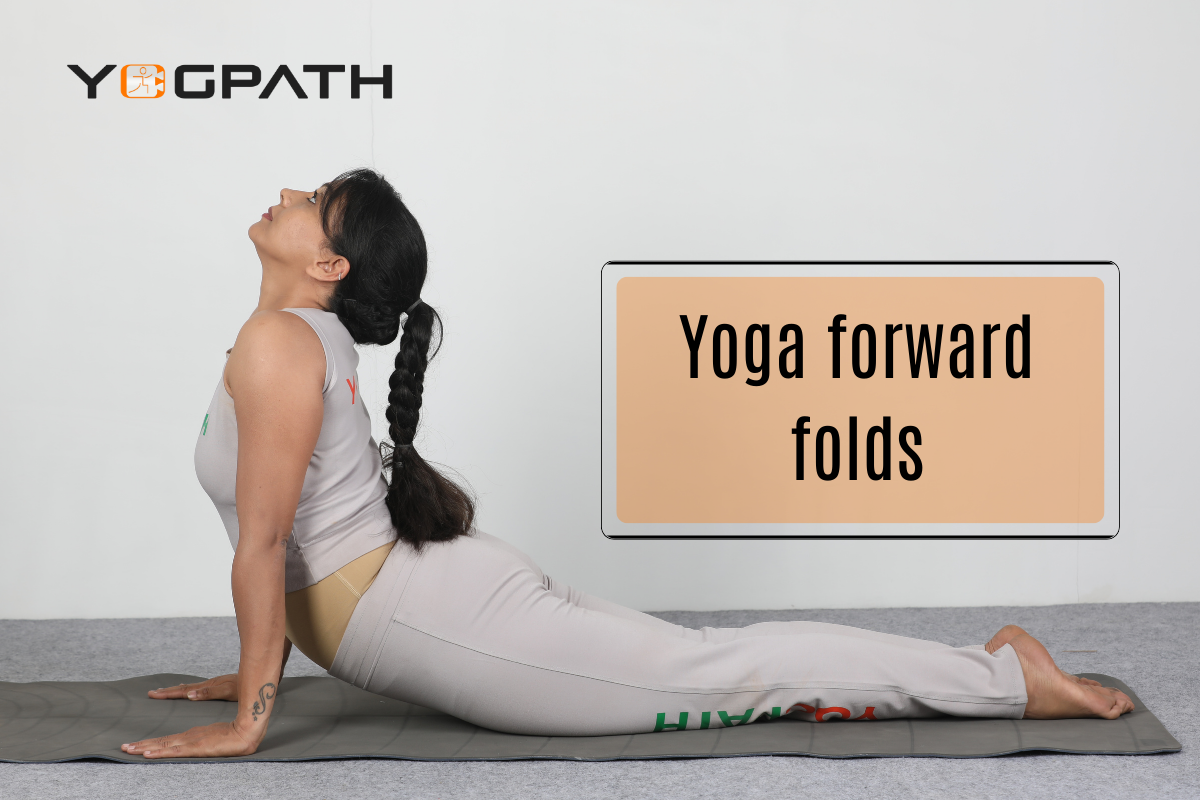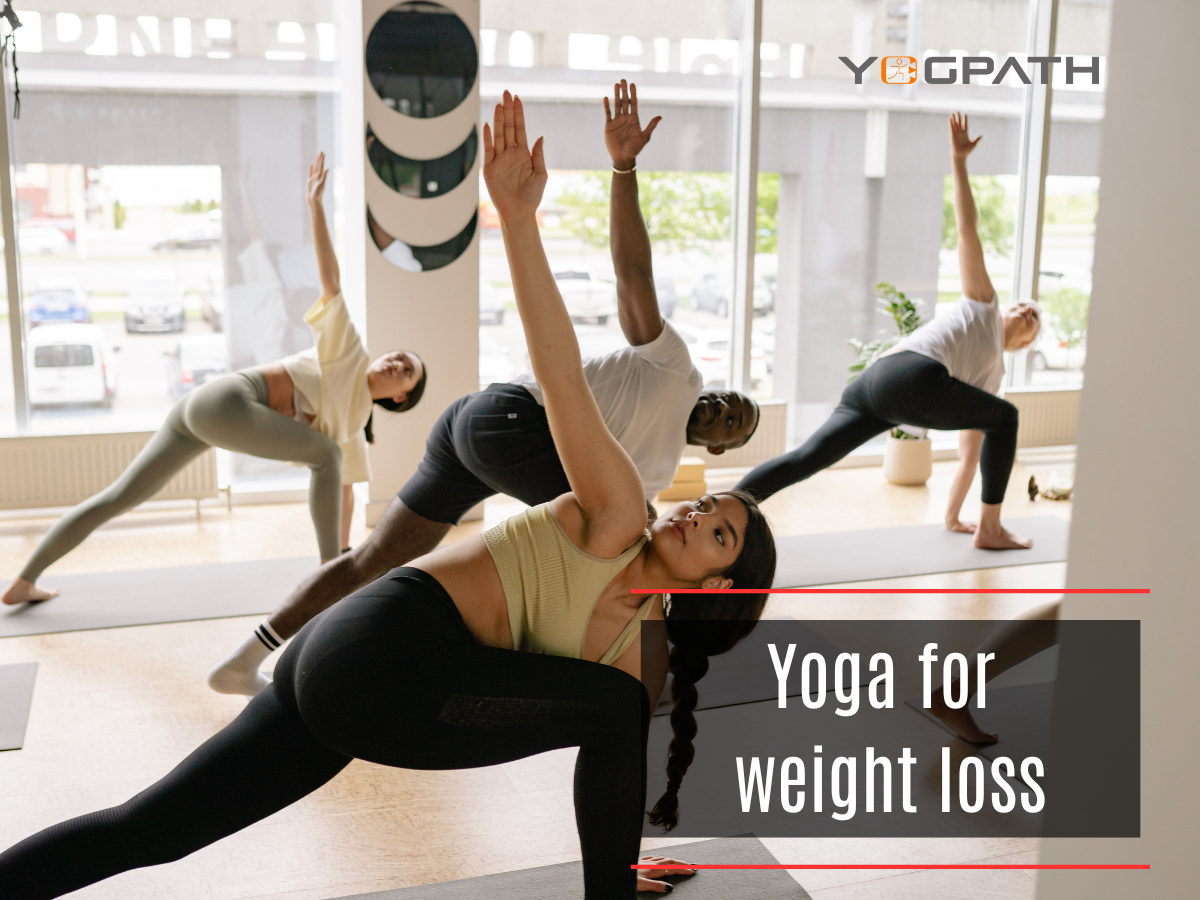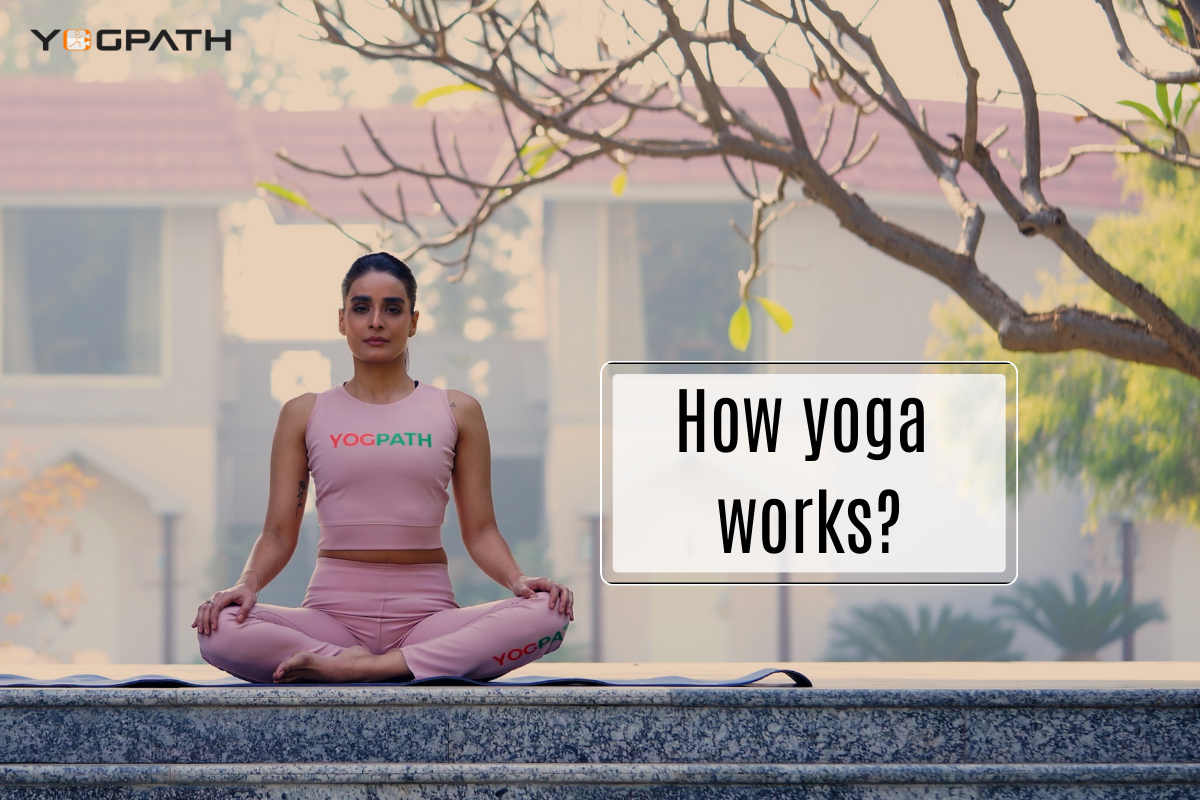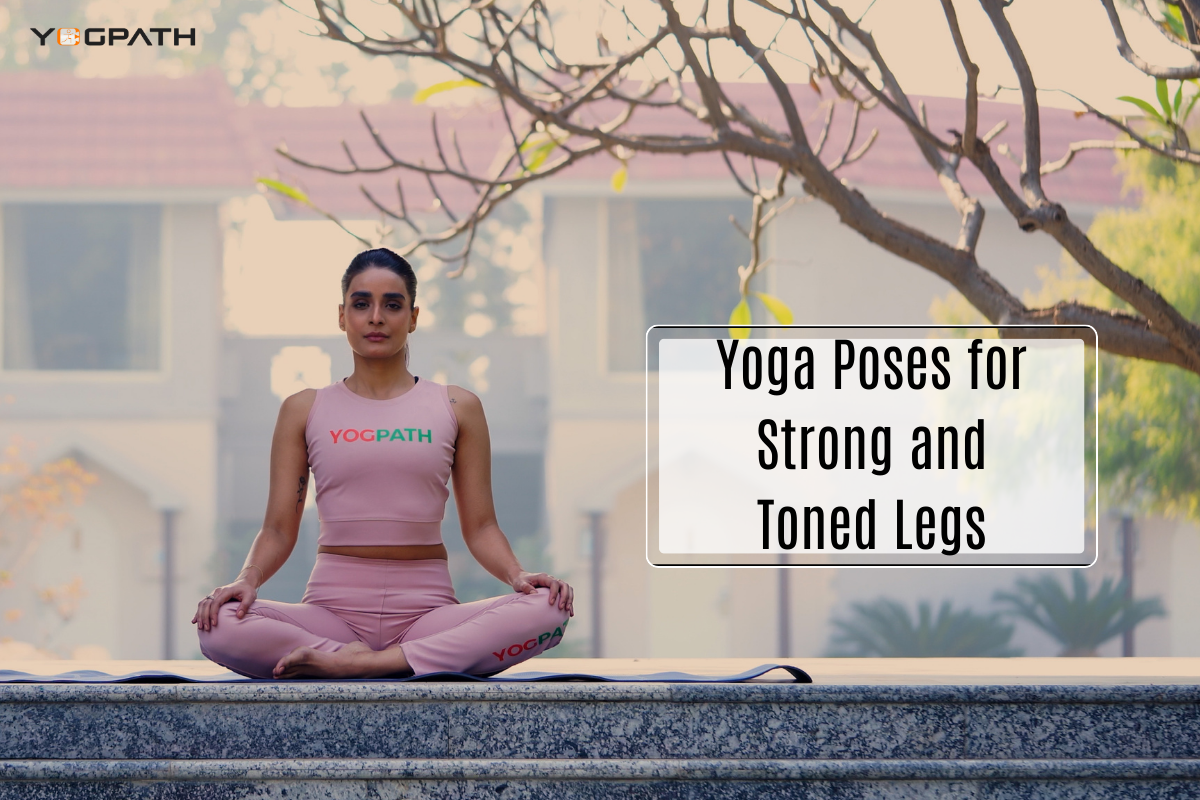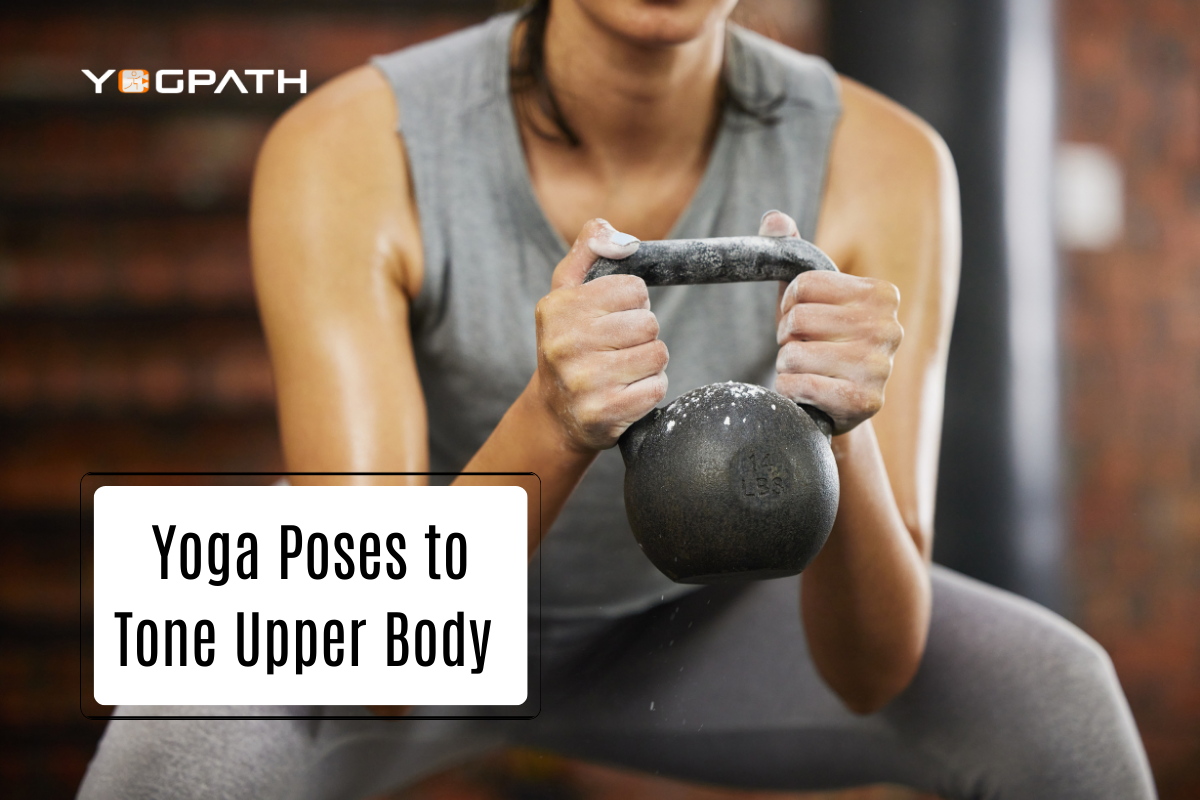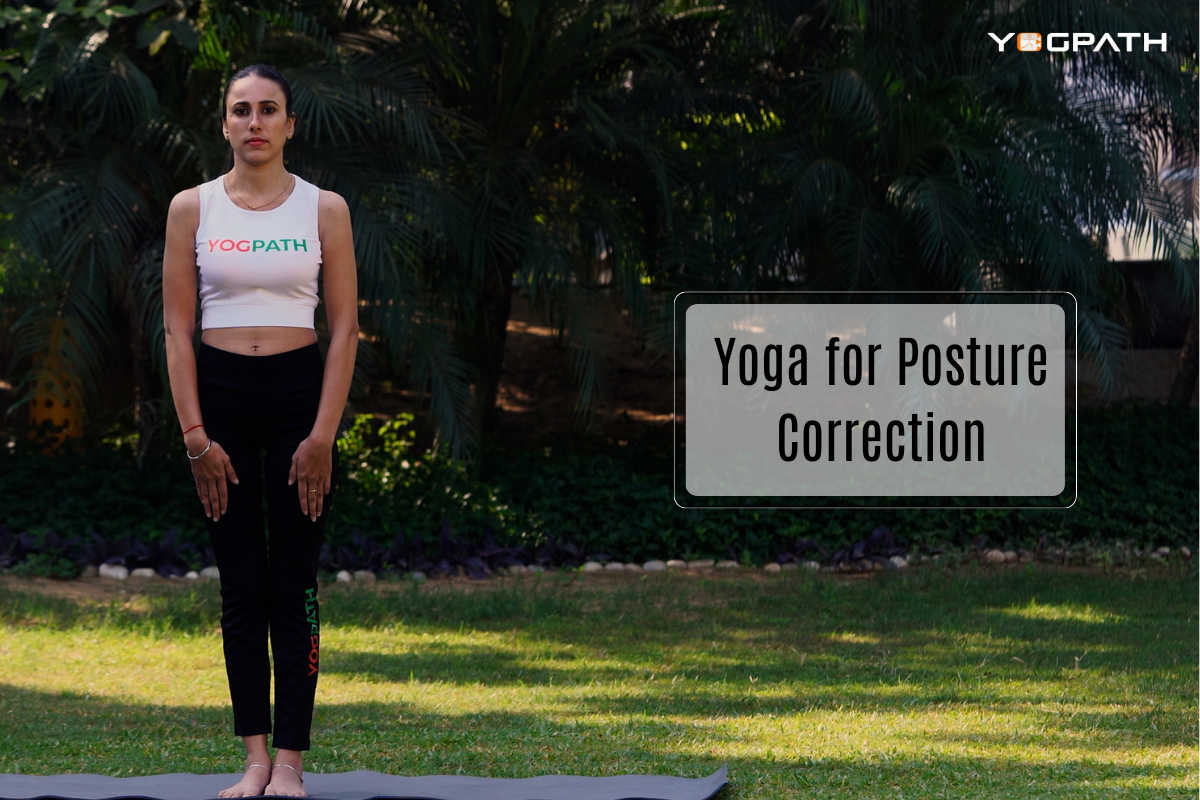
The Application of Yoga Twist in Everyday Life and the Benefits It Offers
A strong spine is essential to one’s overall health and well-being. There are several advantages to incorporating the Yoga Twist into your everyday routine. Let’s talk about the benefits of doing yoga twists and the standards for alignment…
The benefits of yoga twists for the spine, and why doing them is excellent for you.
Twisting poses in yoga work the upper, middle, and lower portions of the spine, each of which has its own set of advantages for your health. The following are some of the reasons why you should incorporate them into your everyday life:
Flexibility of the spine and healthy condition of the back muscles
The spine is gently rotated in a twisting motion during yoga, and the back muscles get a nice stretch as a result. This serves to enhance the range of motion that is available to the spinal cord. It is common for us to neglect to engage the supporting soft tissue that surrounds the spinal cord, which ultimately leads to the stiffening of these tissues as well as the muscle and joints. The functionality is being lost so gradually as well. The twisting movement helps to maintain the spine and the accompanying muscles healthy by working all of the muscle groups to their full length and stretching them to their entire range of motion.
Increases the length of the spine
The movement of twisting helps generate space between the vertebrae, which in turn lengthens the spine. This relieves pressure on the vertebral space, which in turn protects the health of the spinal nerves. You will feel entirely rejuvenated as a result of the energy flow being enhanced in a gentle and non-invasive manner.
Reduces abdominal fats
Twisting postures are an effective tool for reducing belly fat and contributing to the development of a shapelier physique. If you practise it on a consistent basis, you will see a significant reduction in the excess fat on your belly as well as the side fats along the obliques.
Improves digestion
Twisting postures in yoga focus on the abdominal muscles and help the movement of the gastrointestinal tract. Activities that include twisting help to improve blood circulation and alleviate tension in the muscles of the abdominal region. An intra-abdominal compression is produced whenever a yoga twist is performed, and as a result, the digestive organs will be subjected to new blood flow that is abundant in oxygen and nutrients. When you relax your posture, the flow of blood is normalised, and the organs that make up the digestive system operate at their highest level of efficiency.
Helps to Decrease Back Pain
The back becomes more susceptible to injury and postural flaws as a result of sedentary lifestyles and prolonged periods of time spent slouching over a work desk. These poor behaviours can lead to complications, including problems with back discomfort. The twisting movement of yoga can be quite helpful for relieving back discomfort. Assists in correcting poor posture.
Fantastic instrument for relieving stress and tension
Main One of the many benefits of twisting in yoga is that it is an excellent position for relieving tension. One of the most beneficial yoga poses in terms of how much it opens up the shoulders, chest, and back; as a result, this improves oxygenation and reduces feelings of worry and anxiety.
Which kind of yoga twist poses, known as asanas, may be performed safely?
Beneficial yoga twists are variations on “normal” poses such as Parvatasana (sitting down), Ardhamatsyendrasana (standing variant), and Konasana (standing variation). Avoid if you are: pregnant; have a spinal disc injury; have persistent digestive difficulties; have severe inflammatory disorders of the belly; or have malfunction in your sacroiliac (SI) joint.
The Windmill Posture.
It is a graceful wheeling movement of the hands that is performed by positioning the body in the posture of a cog in a windmill, as the name of the technique implies. By twisting the spine laterally, it is able to achieve the greatest possible advantage from the additional torsion. This peculiar position of the body is particularly useful for strengthening the muscles surrounding the spine as well as addressing abdominal ailments.
Position to Begin: Ensure you are standing tall with your feet parallel to each other and approximately 20 to 24 inches apart. Maintain a straight neck, a proper shape in the abdominal region, a chin that is tucked in, and a chest that is thrust far forward. Raise both hands together in front of you in the same position. Maintain the hands in a parallel position at the level of the shoulders with the palms facing upward.
Method: While inhaling, slightly draw the chest forward and spread both hands out to their respective sides, making sure they are in line with the shoulders (do not swing the hands back). Now, move the neck such that you are looking at the palm of the right hand. Carry through the previous two actions in a time span of three seconds while taking a breath in. To reach the left toe with the right hand, exhale and swing your hands along while simultaneously bending forward and twisting the spine. Direct your focus onto the right palm as you complete the movement. Maintain a constant position in the lower body (hip and below). While maintaining a vertical position with the left hand toward the ceiling, gently touch the big toe on the left foot with the fingers of the outstretched palm of the right hand.
Avoid bending your wrists, elbows, or knees at any time. Now, rotate the head to look up at the palm of the extended left hand, making sure that the right palm, left knee, head, and left palm are all aligned in a straight line. Exhale thoroughly as you move quickly through steps 3 to 5 in the previous section. Hold this position, with your breath halted, for a count of six seconds (final position).
Returning to the starting position involves turning the head to look at the right palm while simultaneously inhaling and rising gently and smoothly while swinging both hands while ensuring they remain in a straight line. Untwisting the body to return to the position described in step 1 above is the final step. While taking a breath in, do this step in three seconds. Maintain this stance for two seconds while focusing solely on the forward movement of your breath. When you exhale, swivel your neck so that you are looking at your left palm for three seconds. Then, repeat the movements outlined above for the left swing to finish one cycle.
It is recommended that you practise three rounds in a single session, with breaks in between each round.
Vertigo, severe heart difficulties, hypertension, and lower back problems are some of the conditions that should not use this technique. Spondylosis of the cervical spine, slipped disc, and hernia.
Advantages: Provides excellent abdominal compression. Builds up the muscles in the shoulder area. The weak spine can be strengthened by realigning the vertebrae that have moved only slightly. An great massage is provided to the internal organs and muscles of the belly via intra-abdominal compression, which also helps relieve the sluggishness of those organs and muscles. Shoulders that are sagging or rounded and a chest that is constricted are lifted. Beneficial for scoliosis on the opposite side, as well as for ankylosing spondylitis and the general health of the spine. Increases one’s entire and comprehensive sense of well-being, which in turn fosters a sense of excitement and interest in life.
Yoga Twist The applications of yoga in everyday life are virtually limitless; hence, you should give these enjoyable yoga ideas a try and have fun with them.
